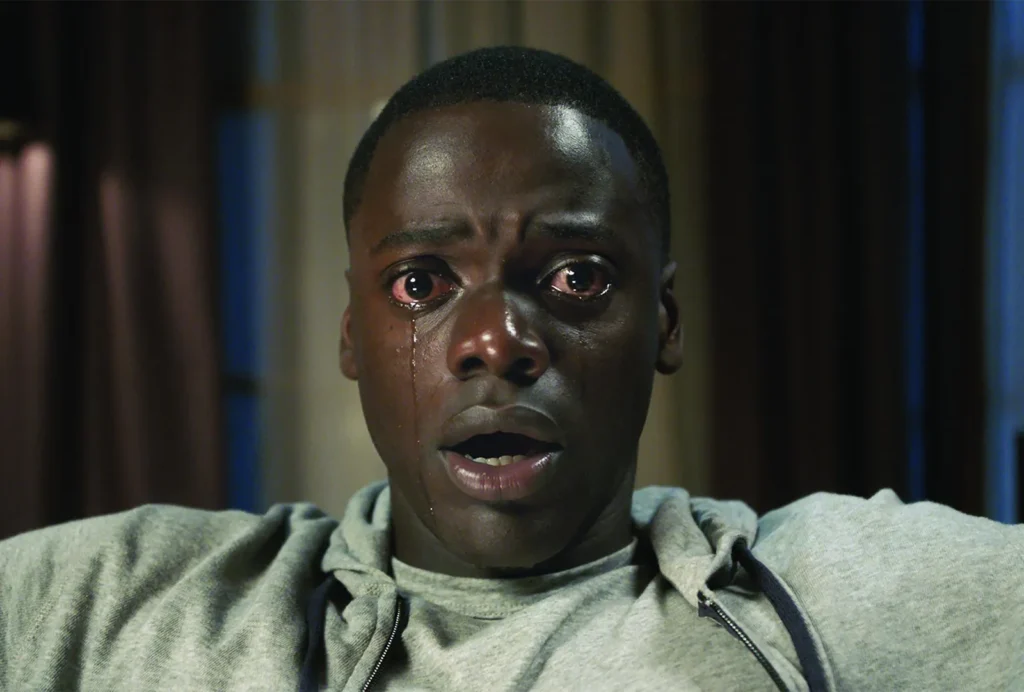
In recent years, a distinctive subset of horror films has emerged that critics and audiences have dubbed “Elevated Horror.” This term—sometimes embraced, sometimes contested—refers to horror films that transcend traditional genre expectations by incorporating sophisticated themes, arthouse sensibilities, and exceptional craftsmanship while still delivering the visceral thrills horror fans crave.
Beyond Jump Scares: A New Approach
Unlike conventional horror that might rely heavily on jump scares and gore, elevated horror frequently employs a slow-burn approach. Films like Ari Aster’s “Hereditary” (2018) and “Midsommar” (2019) build tension methodically, creating an atmosphere of dread that lingers long after viewing. These works prioritize psychological unease over immediate shock value, often featuring extended takes, deliberate pacing, and meticulously composed frames that would feel at home in arthouse cinema.
Metaphorical Monsters
What truly distinguishes elevated horror is its commitment to using supernatural elements as metaphors for deeply human experiences. Robert Eggers’ “The Witch” (2015) explores religious hysteria and feminine autonomy in Puritan New England. Jordan Peele’s “Get Out” (2017) uses its premise to examine racial dynamics in America. Jennifer Kent’s “The Babadook” (2014) transforms grief and depression into a tangible monster.
These films aren’t merely interested in frightening audiences—they’re using horror as a vehicle to process trauma, explore social issues, and examine psychological states in ways that more “respectable” genres might approach too delicately.
Critical Reception and Industry Impact
The critical and commercial success of elevated horror has reshaped the industry landscape. A24, the independent entertainment company behind many of these titles, has built much of its reputation on distributing thoughtful horror that appeals beyond genre enthusiasts. Major studios have taken notice, increasingly willing to fund horror projects with artistic ambitions that might have been deemed too risky a decade ago.
However, the term itself remains controversial. Many filmmakers associated with the movement reject the “elevated” label, arguing it unnecessarily denigrates traditional horror and creates artificial hierarchies within the genre. Director Mike Flanagan has been particularly vocal about this, noting that horror has always been capable of profound commentary when given the chance.
Looking Forward
Whether we embrace the terminology or not, this wave of films has undeniably expanded audience expectations for what horror can accomplish. Films like “Saint Maud” (2019), “Titane” (2021), and “Nope” (2022) continue to push boundaries, blending genre elements with distinctive directorial voices.
The movement has also opened doors for filmmakers from underrepresented backgrounds to tell stories that might otherwise struggle to find mainstream platforms. As the line between “genre film” and “prestige cinema” continues to blur, we’re likely to see even more innovative approaches to horror storytelling that challenge, provoke, and terrify in equal measure.
In the end, perhaps the most valuable contribution of elevated horror isn’t the films themselves but the conversations they inspire—about genre boundaries, artistic legitimacy, and the unique power of horror to confront the aspects of humanity we find most uncomfortable.
